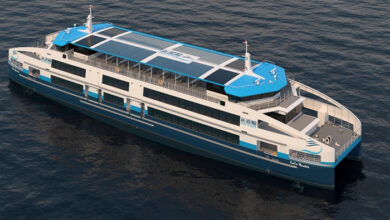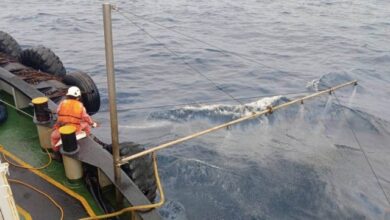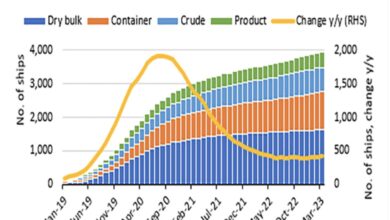Norway and Honduras support expanded IMO Council
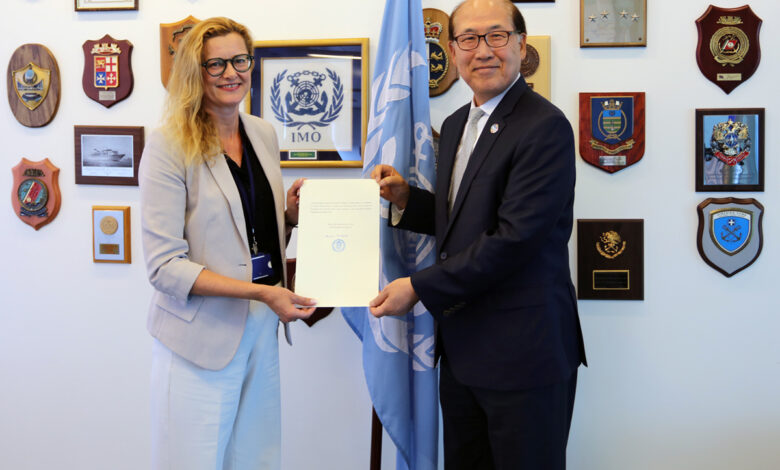
Support from 117 IMO Member States is required for the amendments to the Convention on the International Maritime Organization to come into force.
Norway has become the first country to accept amendments to expand the size of the Council, extend the term of its Members, and recognize three additional language texts as authentic versions of the Convention on the International Maritime Organization – followed by Honduras accepting the amendments on 15 July 2022.
The amendments, which were adopted at the 32nd session of the IMO Assembly held in December 2021, require acceptance by two-thirds of the IMO Membership (117 Member States based on the current number of 175 Member States) for entry into force.
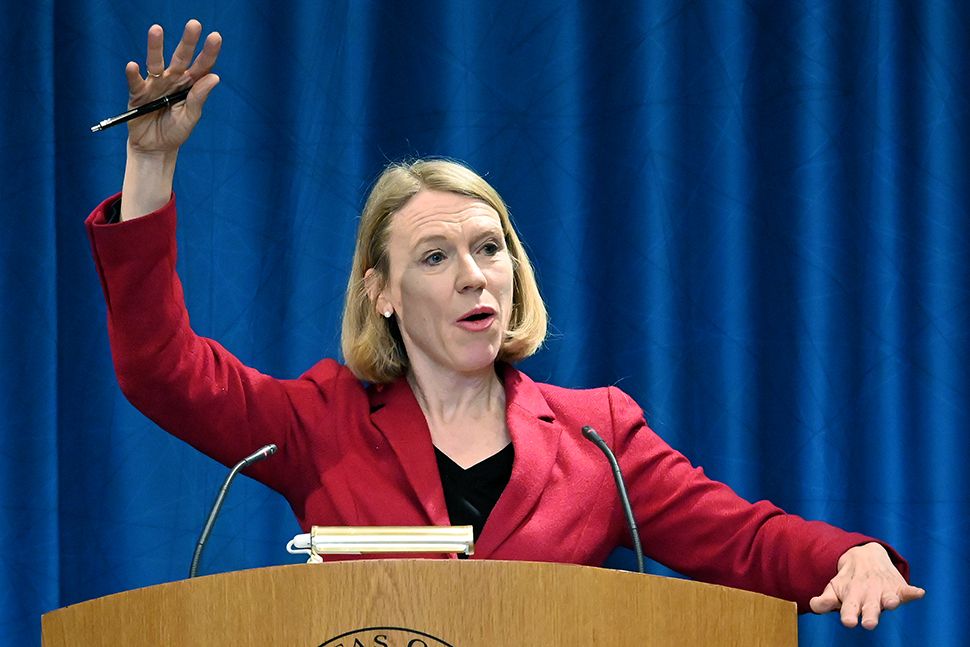
Norway’s instrument of acceptance, signed by Norwegian Minister of Foreign Affairs Anniken Huitfeldt, was presented to IMO Secretary-General Kitack Lim on 14 July 2022 by Ms. Siv Christin Gaalaas, Specialty Director, International Maritime Regulation and Polar Affairs, Department for Maritime Policy and Coastal Development, Norwegian Ministry of Trade, Industry and Fisheries.
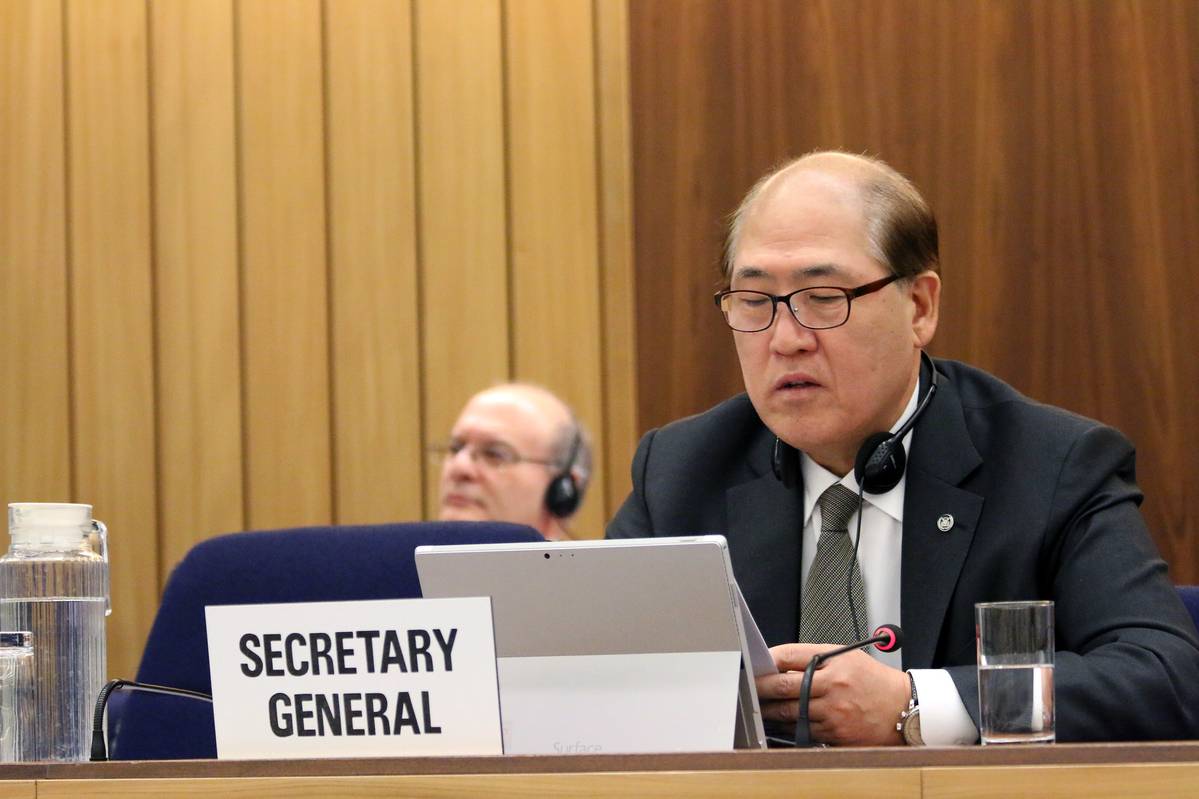
IMO Secretary-General Kitack Lim said: “I am very pleased that Norway has become the first Member State to deposit their instrument of acceptance of the amendments to the IMO Convention. I hope that we will see other Member States follow suit in the coming months and demonstrate their support for the reformation of the IMO Council. IMO must have a truly representative, balanced, diverse, and efficient Council given the global nature of our vital work. “

Size of the IMO Council
The current IMO Council consists of 40 members, most recently elected in December 2021. View the current list of Council members here.
It consists of 10 Member States elected in categories (a) and (b) and 20 Member States in category (c).
The categories are:
(a) – States with the largest interest in providing international shipping services;
(b) – States with the largest interest in international seaborne trade each;
(c) – States not elected under (a) or (b) above, which have special interests in maritime transport or navigation and whose election to the Council will ensure the representation of all major geographic areas of the world.
Expanding the size of the IMO Council would see 12 additional seats allocated to categories (a) and (b) each and 28 seats to category (c).
Member term length
Under the amendments, Council Members would remain in their roles until the end of the next two consecutive regular sessions of the Assembly, after which they would be eligible for re-election. Since Assemblies are held every two years, this would generally mean that Members would serve a four-year term.
Additional authentic languages
In the spirit of multilingualism embraced by the United Nations system, the IMO Assembly adopted an amendment to the IMO Convention, such that Arabic, Chinese and Russian, (which are already official languages of the Organization), will be added as authentic texts of the IMO Convention, supplementing the current authentic texts in English, French and Spanish.

Background about IMO Council
The IMO Council is elected by the Assembly. The Council is the Executive Organ of IMO and is responsible, under the Assembly, for supervising the work of the Organization. Between sessions of the Assembly, the Council performs all the functions of the Assembly, except the function of making recommendations to Governments on maritime safety and pollution prevention which is reserved for the Assembly by Article 15(j) of the Convention.
Other functions of the Council are to:
- coordinate the activities of the organs of the Organization;
- consider the draft work programme and budget estimates of the Organization and submit them to the Assembly;
- receive reports and proposals of the Committees and other organs and submit them to the Assembly and the Member States, with comments and recommendations as appropriate;
- appoint the Secretary-General, subject to the approval of the Assembly;
- enter into agreements or arrangements concerning the relationship of the Organization with other organizations, subject to approval by the Assembly.
History of the IMO Council
The IMO Council has seen a number of expansions since it was established with 16 Member States in March 1958, following the entry into force of the 1948 IMO Convention.
The most recent expansion was a result of the 1993 amendments that came into force in 2002 and increased the size of the Council to 40, with Groups (a) and (b) increased to 10 and Group (c) to 20 Member States.
Previous expansions came into force in 1984 – when the Council was increased in size to 32, with 16 places for Group (c); in 1978 when Council membership was increased to 24 Member States by enlarging Group (c) to 12 Member States; and in 1967 – when IMO adopted an amendment to the IMO Convention that increased the size of the Council to 18.









